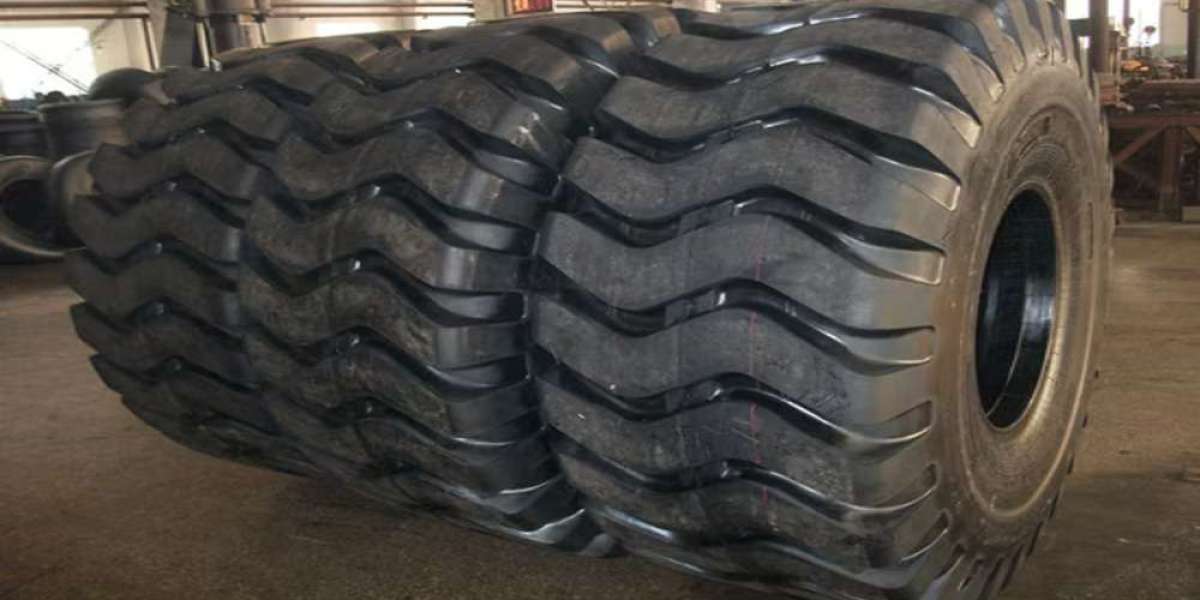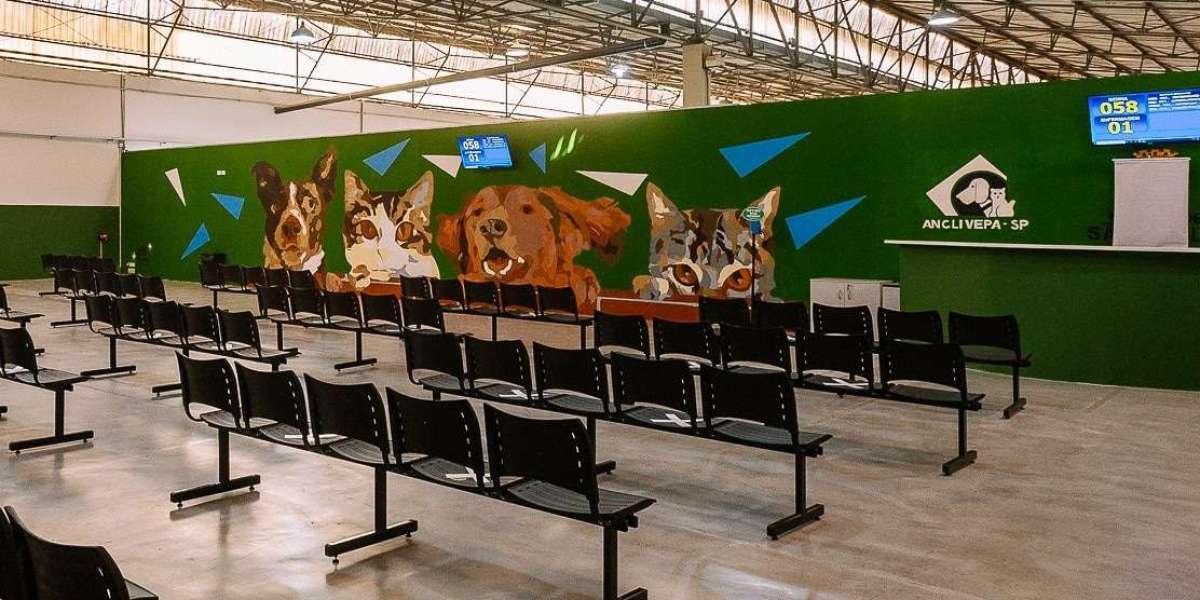When most drivers in the UAE shop for new tyres, the conversation usually revolves around radial or tubeless types. But there’s another kind that deserves attention, especially if you drive in tough conditions or own an older vehicle with bias-belted tyres.
Maybe you've seen them pop up during seasonal tyre offers or while scrolling through tyre offers online. They might not be as common today, but bias-belted tyres still have a place in specific driving situations. Whether you're heading into a garage in Sharjah or checking tyre specs online from Abu Dhabi, understanding what these tyres do can help you make smarter, more cost-effective choices.
Let’s explore what bias-belted tyres are, how they differ from other types, and when they’re actually the best option for your vehicle.
What Are Bias-Belted Tyres?
Think of bias-belted tyres as a mix between traditional bias-ply and modern radial tyres. The internal cords are laid diagonally, similar to bias-ply designs, but with an added layer of reinforcement — belts made from steel or fibreglass — placed just under the tread.
This extra layer makes a big difference. It gives the tyre more strength in the tread area, helping it resist wear and improve stability, while still keeping the flexibility found in bias designs. So, while they’re not the latest technology, they’re still very useful in the right conditions.
How Do They Compare to Other Tyres?
To understand where bias-belted tyres fit in, here’s a quick breakdown:
Bias-Ply Tyres
Cords crisscross at an angle
The whole tyre flexes, including the sidewall and tread
Comfortable, but less stable at higher speeds
Radial Tyres
Cords run straight across, from bead to bead
Tread and sidewalls work independently
Great for fuel efficiency and long life
Bias-Belted Tyres
Angled cords like bias-ply
Belts under the tread for added support
More stable than bias-ply but not as advanced as radials
Pros of Bias-Belted Tyres
Even in today’s world of radial-dominated tyre tech, bias-belted tyres offer several benefits:
1. Built for Tough Terrain
Their strong build makes them a solid choice for off-road or agricultural vehicles that tackle rocks, dirt, and debris regularly. They’re less likely to get punctured or damaged in harsh environments.
2. Excellent Load Support
If you use a trailer or carry heavy equipment, bias-belted tyres can hold their shape and perform under pressure.
3. Budget-Friendly in the Right Context
Depending on the brand and promotion, especially during local tyre offers, you may find these tyres at a lower price point — making them a smart pick for certain jobs.
4. Comfortable on Rough Roads
Thanks to their flexible sidewalls, they handle bumpy, uneven surfaces better than stiff radials, which can be a plus for rural or construction routes.
Cons to Keep in Mind
Of course, bias-belted tires aren't for everyone. Here’s where they fall short:
1. Not Great for Long Highway Drives
Higher rolling resistance means they’re not as fuel-efficient as radial tyres.
2. They Wear Out Faster
Since the entire structure flexes with each turn of the wheel, the tread wears more quickly, especially in hot UAE conditions.
3. Harder to Find
These tyres aren’t widely stocked anymore, so you may need to call ahead or search online if you’re looking for a replacement.
4. Less Stability at High Speeds
They don’t offer the same smooth performance or grip as radial tyres on fast roads, which makes them less suitable for city and highway driving.
When Bias-Belted Tyres Make Sense
While not ideal for your everyday commute between Dubai and Sharjah, these tyres shine in more specialised uses:
Restoring Classic Cars: They match older vehicles in both look and fit
Off-Road Use: Great where sidewall strength is more important than top speed
Heavy-Duty Work: Used in trailers, forklifts, or farming equipment
Short, Heavy Loads: When durability matters more than long-distance comfort
If you regularly drive in remote or rugged parts of the UAE — like Al Ain's outskirts or desert job sites — bias-belted tyres could offer more value than you think.
Tips for Keeping Bias-Belted Tyres in Good Shape
Choosing the right tyre is just the beginning. Keep these tips in mind if you go for bias-belted options:
Check Tyre Pressure Frequently: They can lose air faster, especially in high temperatures
Watch Your Speed: Avoid cruising on highways for long periods
Rotate Regularly: Helps extend tread life and performance
Inspect for Damage: Especially important if you drive in rocky or dusty areas
Store Smart: Keep them away from sun, oil, or other heat sources when not in use
Frequently Asked Questions
What makes a tyre bias-belted?
It uses diagonal plies like a bias tyre but includes added belts under the tread, offering better strength and grip.
Are these tires good for daily city driving?
Not really. They’re better suited for off-road, utility, or classic vehicles. Radial tyres are a better fit for highways and daily commutes.
Can I tell if a tyre is bias-belted just by looking?
Yes. Check the sidewall. Bias-belted tyres often have a "B" in the size code, while radial tyres have an "R".
Are bias-belted tyres outdated?
They’re not outdated — just designed for a different kind of job. They’re still widely used in farming, towing, and restoration work.
Why would someone still use them today?
Because they’re tough, dependable, and ideal for specific use cases where speed and fuel economy aren't top priorities.
Conclusion
While most drivers in the UAE will be just fine with radial tyres for everyday use, bias-belted tyres still have their place. For people restoring old vehicles, working in construction, or driving off-road, they offer impressive durability and rugged performance.
They may not be as sleek or fuel-efficient, but they get the job done when the terrain gets rough and the load gets heavy. So if you’re browsing tyre options or comparing deals, especially during promotional periods, don’t dismiss bias-belted tyres too quickly.
Know your vehicle’s needs, consider where and how you drive, and choose the tyre that makes the most sense — even if it’s not the most modern one on the list.










